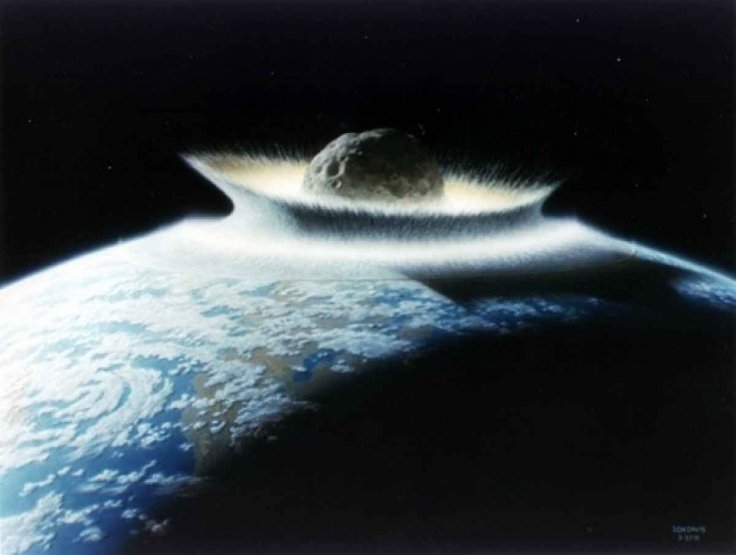Scientists explained how major asteroid impacts on Earth greatly helped in enriching the environment. According to the researchers, impact events helped in enriching certain elements found on the planet.
As historical reports have shown, asteroid impacts are known to be destructive events that are capable of wiping out large percentages of life on Earth. However, according to researchers from Japan's University of Tsukuba, these planet-killing events actually help in improving the environment.
Studying Major Impact Events
For the study, which was published in the journal Geological Society of America Bulletin, the researchers focused on the five major impact events that happened in Earth's history. This includes the asteroid impact that occurred in a region that is now known as Stevns Klint, Denmark. It happened during the Cretaceous-Paleogene (KPg) boundary 66 million years ago.

Another impact event that the researchers studied is the one that created the Chicxulub crater in the Yucatan Peninsula in Mexico. This major impact event is credited as the one that triggered the extinction of the dinosaurs.
Identifying Elements Enriched By Asteroid Impacts
As part of the study, the researchers analyzed the elements within the KPg boundary clays to determine which of them were affected by the asteroid impacts. The researchers then discovered that many of these elements, which include lead, silver, and copper, contained enriched components.
"Since the enrichments of elements in these two components of the boundary clay were accompanied by enrichments of iridium, both two components might have been induced by processes related to the asteroid impact," the study's lead author Teruyuki Maruoka said in a statement.

Enriched Elements In The Ocean
As noted by the researchers, the vapor cloud produced by the asteroid impact produced iron oxides and hydroxides, which may have carried elements that contained high concentrations of sulfide minerals. As the vapor cloud traveled over the oceans, most of these elements ended up in the water. The researchers noted that the presence of these minerals in the water might have also enriched other elements on the seafloor.
"These could have been incorporated into the pyrite as impurities," Maruoka explained. Furthermore, both iron oxides/hydroxides and chalcophile elements could have been released to the environment from the rocks that were struck by the asteroid impact."









